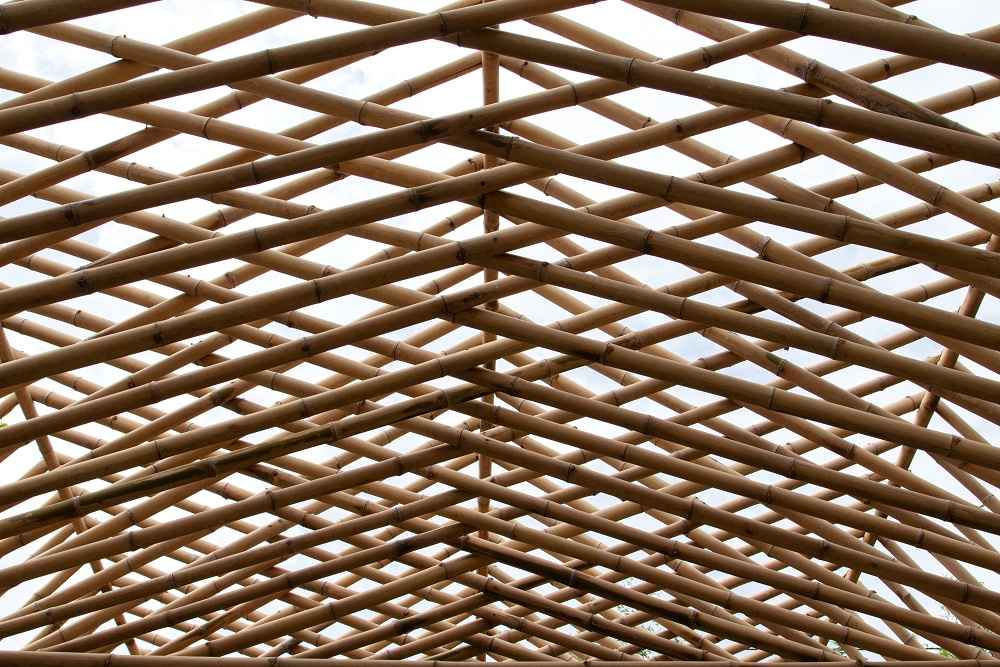Bamboo is a versatile and sustainable material that has been used for centuries in various cultures for construction, furniture making, and decorative purposes. In recent years, there has been growing interest in utilizing bamboo as a structural material in engineering and architecture. This article explores the concept of structural engineered bamboo, its benefits, applications, and its role in the world of STEM (Science, Technology, Engineering, and Mathematics).
The Potential of Structural Engineered Bamboo
1. Sustainability
One of the key advantages of structural engineered bamboo is its sustainability. Bamboo is a fast-growing renewable resource that can be harvested in just a few years, unlike traditional timber which can take decades to mature. Additionally, bamboo cultivation requires minimal water, pesticides, and fertilizers, making it an environmentally friendly alternative to conventional building materials.
2. Strength and Durability
Contrary to popular misconceptions, bamboo is an incredibly strong and durable material. Engineered bamboo products, such as laminated bamboo beams and panels, exhibit excellent structural properties comparable to hardwoods such as oak and maple. Bamboo’s high strength-to-weight ratio, coupled with its natural resilience to pests and rot, makes it an attractive choice for structural applications.
3. Versatility
Structural engineered bamboo offers versatility in design and construction. Bamboo can be engineered into various shapes and sizes, allowing architects and engineers to create innovative and aesthetically pleasing structures. From beams and columns to flooring and cladding, bamboo can be used in a wide range of applications across different architectural styles and building typologies.
4. Carbon Sequestration
Bamboo plays a crucial role in carbon sequestration and mitigating climate change. As a fast-growing plant, bamboo absorbs large amounts of carbon dioxide from the atmosphere during its growth phase. Additionally, bamboo continues to store carbon throughout its lifespan, even after being harvested and processed into engineered products. By using bamboo as a building material, engineers and architects can contribute to reducing carbon emissions and promoting environmental sustainability.
Applications of Structural Engineered Bamboo
1. Building Construction
Structural engineered bamboo is increasingly being used in building construction for a variety of applications, including roof trusses, flooring systems, wall panels, and structural frames. Bamboo’s strength, durability, and sustainability make it an attractive choice for eco-friendly and resilient building projects, particularly in regions prone to earthquakes and hurricanes.
2. Furniture Design
In furniture design, structural engineered bamboo is gaining popularity as a sustainable alternative to traditional hardwoods. Bamboo furniture pieces such as chairs, tables, and cabinets showcase the material’s natural beauty, strength, and versatility. Additionally, bamboo’s rapid growth cycle and regenerative properties make it a preferred choice for environmentally conscious consumers and designers.
3. Infrastructure Projects
Structural engineered bamboo is also finding applications in infrastructure projects such as bridge construction, pedestrian walkways, and landscape architecture. Bamboo’s lightweight yet robust nature makes it an ideal material for creating resilient and aesthetically pleasing infrastructure solutions that blend harmoniously with the natural environment.
4. Product Design and Manufacturing
Beyond construction and architecture, structural engineered bamboo is utilized in product design and manufacturing across various industries. From bamboo bicycles and musical instruments to packaging materials and home accessories, bamboo-based products offer a sustainable and eco-friendly alternative to traditional materials, contributing to a circular economy and reducing environmental impact.
Conclusion
In conclusion, structural engineered bamboo represents a promising and sustainable solution for addressing the challenges of modern construction and design. With its exceptional strength, versatility, and eco-friendliness, bamboo offers architects, engineers, and designers a renewable and resilient material that meets the demands of a rapidly changing world. By embracing structural engineered bamboo, we can create a built environment that is both environmentally sustainable and aesthetically inspiring, driving innovation and progress in the dynamic field of STEM.


